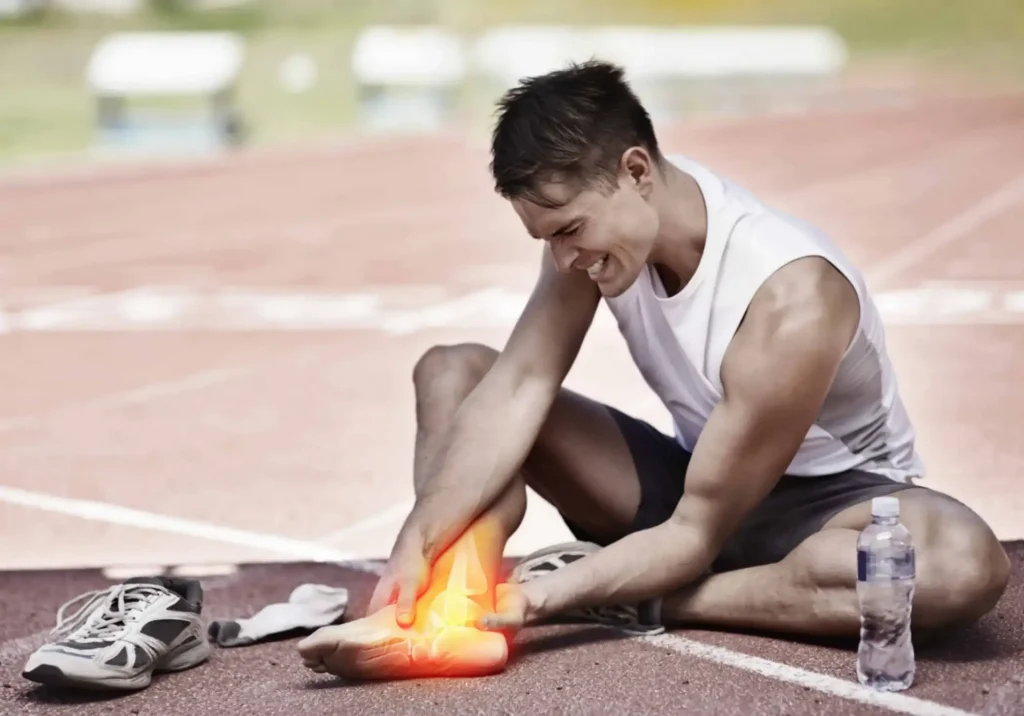Rehabilitation: Innovative Methods After Sports-Related Limb Injuries
Recovering from sports injuries, particularly those involving the limbs, is a complex and multi-phase process. Advances in sports medicine and physiotherapy have revolutionized the rehabilitation landscape, offering athletes faster recovery, enhanced mobility, and a reduced risk of re-injury. This comprehensive guide explores the latest evidence-based methods in rehabilitation after limb injuries and explains how new technologies and integrated approaches improve outcomes for professional and amateur athletes alike.
Understanding Limb Injuries in Sports
Limb injuries are among the most common conditions affecting athletes across all disciplines. These injuries may include:
- Muscle tears
- Ligament sprains (e.g., ACL, MCL)
- Fractures and dislocations
- Tendon injuries (e.g., Achilles tendon rupture)
- Joint injuries (e.g., shoulder dislocations, wrist sprains)
Prompt diagnosis and individualized rehabilitation plans are critical for restoring full function and preventing chronic conditions.
Key Phases of Rehabilitation
Rehabilitation is typically divided into four distinct phases:
Phase 1: Acute Phase (0–5 days)
Focus: Pain and inflammation control
- Rest and protection of the injured area
- Ice therapy and compression
- Limited mobility with crutches or braces
Phase 2: Sub-Acute Phase (5 days–3 weeks)
Focus: Mobility and early range of motion
- Passive and active range of motion (ROM) exercises
- Soft tissue mobilization
- Low-impact neuromuscular stimulation
Phase 3: Strengthening Phase (3–6 weeks)
Focus: Muscle rebuilding and functional training
- Resistance training and proprioception drills
- Balance exercises for joint stability
- Reintroduction of sports-specific movements
Phase 4: Return-to-Play Phase (6+ weeks)
Focus: Full functional recovery
- Plyometrics and dynamic training
- Simulated game scenarios
- Final assessment and clearance by a sports physician
Emerging Rehabilitation Methods for Limb Injuries
1. Blood Flow Restriction Training (BFRT)
BFRT involves the application of cuffs or bands to reduce venous return while performing low-load resistance exercises. This method allows:
- Enhanced muscle hypertrophy without overloading the joint
- Increased strength and endurance
- Faster rehabilitation timelines
2. Neuromuscular Electrical Stimulation (NMES)
NMES uses controlled electrical impulses to stimulate muscle contractions. Benefits include:
- Muscle re-education
- Prevention of atrophy
- Improved circulation in immobilized limbs
3. Isokinetic Dynamometry
This technique measures muscle force during controlled movements. Used primarily in:
- Quantifying strength deficits post-injury
- Tracking rehab progress
- Creating personalized strength programs
4. Virtual Reality (VR) and Gamification
Rehabilitation through VR offers engaging, motivating environments for patients to perform exercises.
- Enhanced adherence to routines
- Real-time biofeedback
- Customizable difficulty and scenarios
5. Manual Therapy with Advanced Techniques
Modern manual therapy incorporates:
- Myofascial release
- Joint mobilization with movement (MWM)
- Trigger point therapy
- Dry needling to reduce pain and muscle tightness
6. Hydrotherapy and Aquatic Rehabilitation
Aquatic therapy enables early movement without stress on joints:
- Warm water reduces stiffness
- Buoyancy supports weakened limbs
- Resistance from water improves muscle tone
7. Laser Therapy and Shockwave Treatment
These therapies use non-invasive energy to accelerate healing:
- Increased cellular repair and collagen production
- Pain relief through stimulation of blood flow
- Reduced scar tissue formation
8. Functional Movement Screening (FMS)
This screening tool assesses mobility, stability, and asymmetry:
- Identifies underlying risk factors
- Guides corrective exercises
- Ensures safe return to sport
Importance of Multidisciplinary Teams
Modern rehabilitation for limb injuries involves a collaborative approach:
- Physiotherapists: Supervise rehab exercises and manual therapy
- Sports physicians: Monitor medical progress and coordinate care
- Orthopedic surgeons: Perform surgical interventions if necessary
- Nutritionists: Ensure optimal diet for healing
- Psychologists: Address mental barriers and recovery anxiety
This integrated system maximizes recovery efficiency and athlete readiness.
Athlete Monitoring and Wearable Technology
Today’s rehabilitation includes continuous data tracking:
- Motion sensors measure joint angles and range of motion
- Heart rate monitors assess exertion and recovery
- Smart insoles track gait and foot pressure
This real-time data helps clinicians make informed decisions, adjust programs promptly, and enhance accountability.
Comparative Table: Traditional vs Modern Rehabilitation Techniques
| Aspect | Traditional Approach | Modern Innovations |
|---|---|---|
| Load management | Generalized exercise | Personalized load & intensity control |
| Strength training | Basic weights | Blood Flow Restriction, NMES |
| Pain management | Medication & ice | Laser therapy, Dry needling |
| Engagement | Passive exercises | VR, gamified rehab |
| Progress tracking | Subjective reports | Wearable tech and isokinetic feedback |
| Risk of re-injury | Moderate | Significantly reduced with FMS |
Return-to-Sport Considerations
Before an athlete is cleared to return to sport, the following must be evaluated:
- Full range of motion and strength symmetry
- Completion of sport-specific drills
- Confidence in movement
- No compensatory mechanics or pain
Failure to meet these benchmarks may result in re-injury or long-term performance loss.
Prevention Through Prehabilitation
Preventing future injuries starts with proactive training. Prehabilitation includes:
- Movement screening and correction
- Strengthening weak muscle groups
- Educating athletes on biomechanics and posture
Regular integration of these elements into training regimes reduces the likelihood of recurrence.
Conclusion
Rehabilitation after limb injuries in athletes has entered a new era with the advent of advanced technology, science-backed modalities, and multidisciplinary approaches. Faster, safer, and more tailored than ever before, modern rehabilitation empowers athletes to not only recover fully but to return stronger. Choosing a personalized plan under professional guidance ensures optimal recovery and long-term health.

